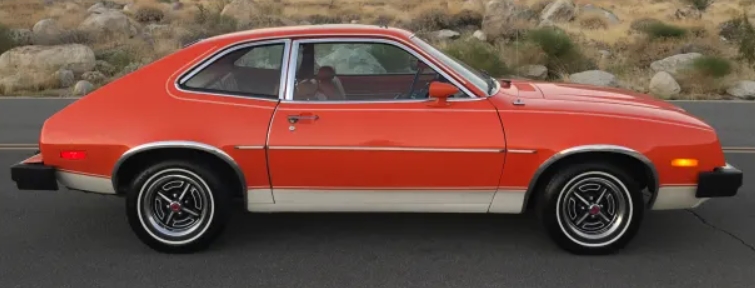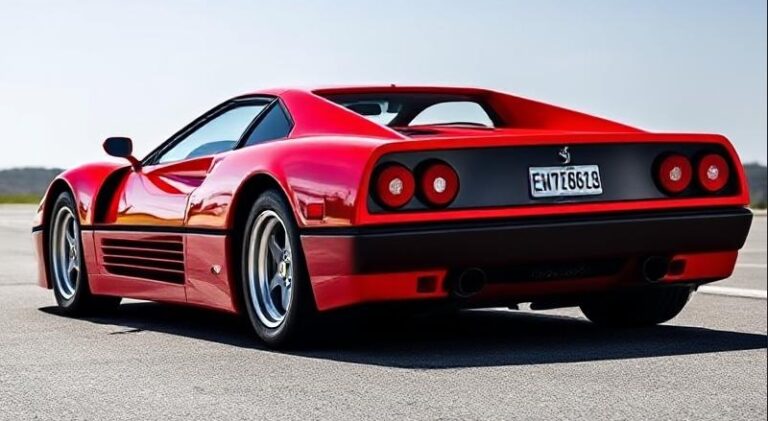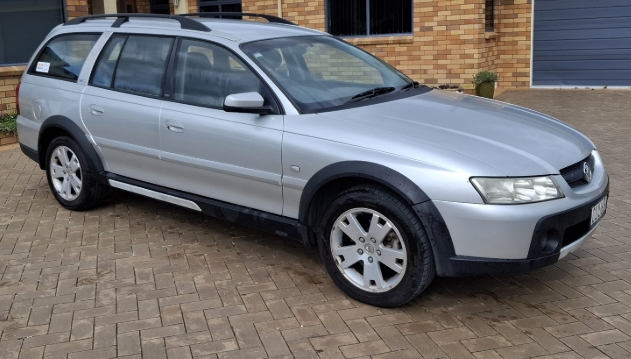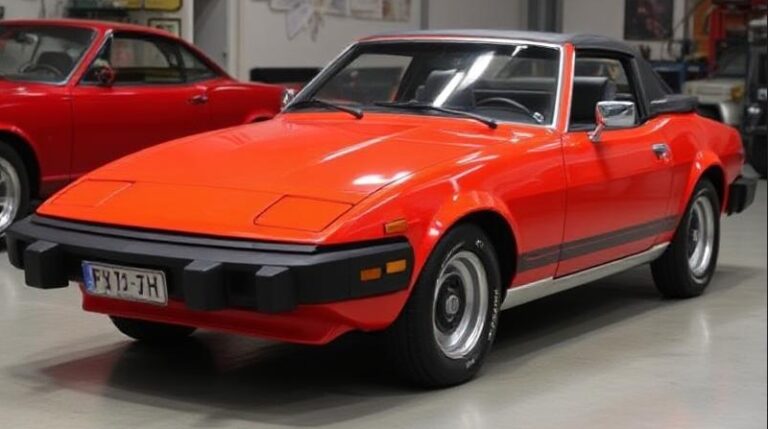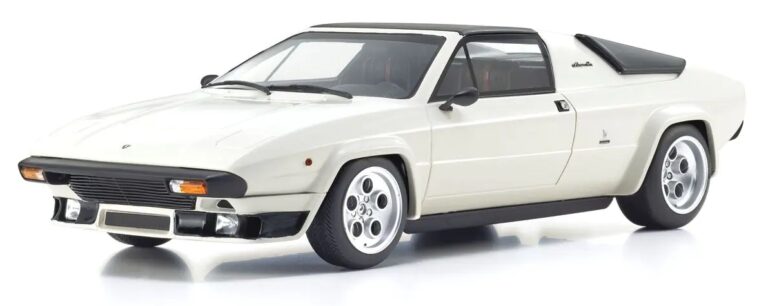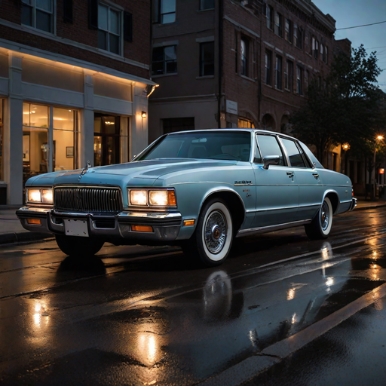The Evolution of the Mercury Bobcat: A Comprehensive History
The Mercury Bobcat was a subcompact car produced by Ford Motor Company’s Mercury division from 1975 to 1980. Introduced during an era characterized by rising fuel prices and shifting consumer preferences, the Bobcat was Mercury’s answer to the growing demand for smaller, more fuel-efficient vehicles. This article will explore the evolution of the Mercury Bobcat from its inception through its production years, detailing the various models and trim levels offered.
Background and Introduction (1975)
The Bobcat was unveiled in 1975, capitalizing on the popularity of subcompact cars amid the fuel crisis following the 1973 oil embargo. Mercury needed a vehicle that could compete against giants like the Chevrolet Vega and the Honda Civic, and as a result, the Bobcat was based on the Ford Pinto platform. The Mercury Bobcat was introduced as a two-door hatchback, featuring a slightly more upscale design than its Ford counterpart, aimed at appealing to customers looking for a sporty yet economical car.
Production Years and First Generation (1975-1980)
1975: The Birth of the Bobcat
The first year of production saw the Mercury Bobcat enter the market boasting a distinctive front grille and a streamlined silhouette. Initially available only as a two-door hatchback, the Bobcat featured a robust 1.6-liter inline-four engine producing 75 horsepower, with the option of a four-speed manual or a three-speed automatic transmission. Offering comfortable seating for up to four passengers, the Bobcat was marketed towards young families and budget-conscious consumers.
1976: Introduction of Trim Levels
In its second year, the Mercury Bobcat expanded its trim lineup to include the base model, the Bobcat “S”, and the Bobcat “L”. The “S” package served as an affordable entry-level option, while the “L” version incorporated more premium features like bucket seats and chrome trim. This year also saw some design refinements, including a redesigned rear end and improved interior materials.
1977: Introducing the Bobcat Wagon
1977 marked a pivotal year for the Mercury Bobcat as it expanded its body style offerings to include a four-door wagon version in addition to the existing hatchback. This added versatility appealed to families needing more space. The Bobcat Wagon maintained the same engine options as the hatchback, but boasted improved cargo capacity, making it a formidable contender in the compact segment.
1978: The Height of Popularity
By 1978, the Mercury Bobcat had achieved a level of popularity and became a household name in the subcompact market. The hatchback and wagon continued to offer the two trims, “S” and “L,” with minor tweaks in styling and features. As safety regulations tightened, additional features such as improved seatbelts were added, and a more comprehensive safety package became available.
1979: The All-New Bobcat
The 1979 model year was an interesting transition period for the Mercury Bobcat. While retaining the previous design aesthetics, Mercury introduced a few new features and options. The 1.6-liter engine remained, but performance enhancements were provided in the form of optional engines—most notably a 2.0-liter engine for customers seeking better performance. Additionally, a new “GX” trim was introduced, offering unique styling and luxury features aimed at a more discerning automotive audience.
1980: The Final Year
The final year of production for the Mercury Bobcat was marked by competitive pressures from newer models, rising fuel prices, and an evolving automotive landscape. The car retained the existing hatchback and wagon body styles but saw declining sales. By 1980, the Bobcat had lost some of its luster and was becoming overshadowed by the introduction of more modern vehicles within the same segment. In response to market demands, the Mercury division ceased production of the Bobcat after the 1980 model year, marking the end of an era.
.

.
Legacy and Impact
The Mercury Bobcat may not have achieved the same level of iconic status as some of its contemporaries, but it played a crucial role in Mercury’s effort to attract buyers in a rapidly changing automotive marketplace. The car was seen as a symbol of the shift toward smaller, more fuel-efficient vehicles as Americans sought alternatives to the gas-guzzling models of the past.
While the Bobcat itself didn’t leave a long-lasting mark on the automotive industry, its presence during a pivotal time in automotive history serves as a reminder of the changes that shaped car design and production in the late 20th century. Today, the Mercury brand has been phased out, but models like the Bobcat continue to be appreciated by classic car enthusiasts who recognize the model’s significance as part of the evolution in automotive manufacturing.
Conclusion
The Mercury Bobcat is a classic example of a subcompact car that reflected the demands of its time. From its debut in 1975 to its eventual discontinuation in 1980, the Bobcat underwent various transformations and offered a range of models and trim levels to cater to consumers. The vehicle’s blend of reliability, fuel efficiency, and affordability allowed it to carve out a niche within the competitive auto market of the late 1970s and early 1980s. As we look back, the Bobcat stands as a testament to Mercury’s attempt to adapt and drive forward in a rapidly evolving landscape. Despite its short production run, the Bobcat remains a reminder of an important chapter in automotive history and the evolution of personal transportation.
